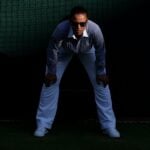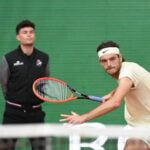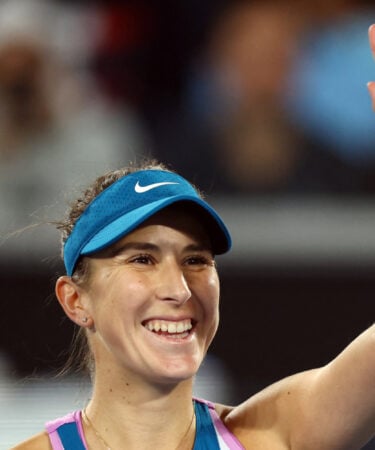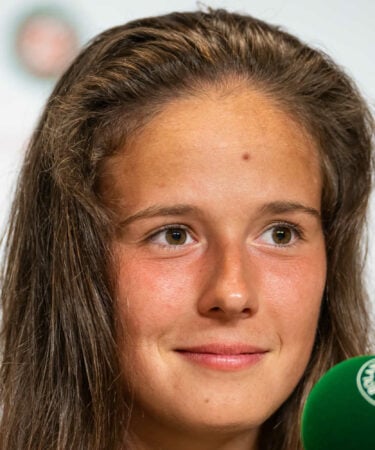The enduring saga of clay-court line-calling
The Credit One Charleston Open will lead the way on the WTA for applying electronic line calling to clay-court tennis, yet questions remain over the system’s reliability on this surface
 Barbora Krejcikova won Roland-Garros in 2021, despite a huge line-calling controversy in the semi-finals © Federico Pestellini / Panoramic
Barbora Krejcikova won Roland-Garros in 2021, despite a huge line-calling controversy in the semi-finals © Federico Pestellini / Panoramic
As the clay-court swing rolls into view for another season, so too do the inevitable debates about the implementation of Electronic Line Calling technology on this surface.
While images of players and umpires pointing in disagreement at disputed ball marks on the terrain have become a staple component of the tennis’ clay stretch – with Roland-Garros organisers even deeming this sight a beloved part of the Grand Slam’s 100-year-old traditions – this year there will be fewer tournaments at which such scenes should disrupt the flow of matches.
That is because the Credit One Charleston Open, which is already underway this week in South Carolina, has become the first clay-court tournament on the WTA Tour to make full use of Electronic Line Calling through Hawk-Eye, preceding the same move by the Madrid and Italian Opens this season.
hawk-eye’s accuracy questioned on uneven clay-court surfaces
Despite the somewhat farcical nature of the ball-mark guessing game, there is a valid reason as to why clay tennis events have been reticent to implement technology thus far.
Essentially, the build-up of dust that is a commonplace occurrence on clay courts means the surface is not entirely flat or even, which could lead to discrepancies between where a system like Hawk-Eye might deem a ball to have landed, and where the critical contact point actually was once you take into account the uneven nature of the surface.
In short, Hawk-Eye uses a system that assumes a completely flat court surface, it cannot maintain the same level of accuracy on a court that has irregularities as an inherent feature of its surface.
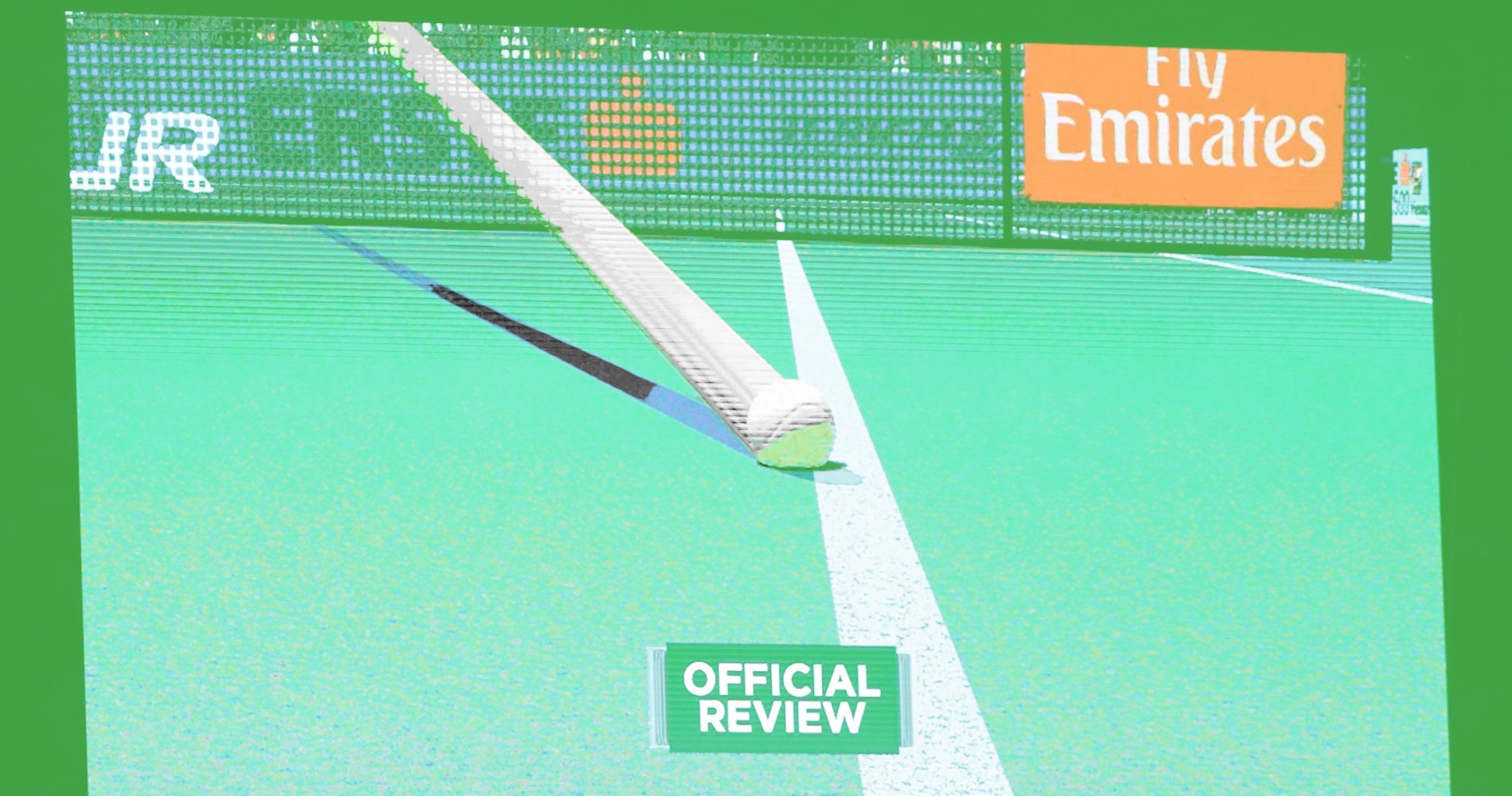
This is where Foxtenn’s approach – showing a live image of the critical contact point between ball and court – would appear to be tailor-made for the accuracy of clay-court tennis. Indeed, it has already been implemented at several clay events on the ATP Tour with great success.
The issue for the Charleston Open’s recent embracing of technology is that they opted for the traditional Hawk-Eye system used most regularly for hard and grass-court tennis.
“The introduction of Electronic Line Calling at the Credit One Charleston Open is a major milestone, not just for Charleston but for all clay tournaments on the Hologic WTA Tour,” said Charleston’s Tournament Director Bob Moran.
“This ground-breaking technology will bring enhanced accuracy and consistency to line calls across clay courts, setting a new standard in tennis. By embracing innovation, we’re ensuring a more reliable and seamless experience for both players and fans, while continuing to elevate the overall quality of competition at clay tournaments moving forward.”
roland-garros holds firm, while players offer mixed reactions
Yet this may do little to persuade tournament organisers to alter their current approach at Roland-Garros. In order to convince the clay-court Grand Slam to part ways with what it sees as a unique component of the tournament’s rich history, an argument based around greater accuracy is likely to be required.
This is where the case for Hawk-Eye on clay loses credibility, as there are genuine concerns around the nature of its reliability on this surface.
It would appear this is a sentiment shared by some players currently competing in Charleston this week.
“I’ll be very curious to see how it’s going to be,” Belinda Bencic told reporters ahead of the tournament.
“Obviously, you have a mark in front of you, so I’m very curious to see if it’s going to be accurate … Maybe in the heat of the moment, you’re going to see the mark out and the electronics call it in. I don’t know what that is going to cause.”
Perhaps the most infamous case of a near-miss with a seismic miscarriage of justice due to an absence of clay-court Electronic Line Calling came in the semi-final match between Barbora Krejcikova and Maria Sakkari at Roland-Garros in 2021, when chair umpire Pierre Bacchi overruled a call from a line judge on match point, deeming a ball from Sakkari to have dropped in when Electronic Line Calling showed the ball was out.
Nonetheless, others appear to welcome the news in Charleston, regardless of question marks around the technology’s accuracy in its current format, with Daria Kasatkina grateful for the controversy it may help diffuse.
“It’s less drama for the players because you just play, and you don’t think there are no interruptions,” said last year’s finalist.
“You know, like when linesmen say out and you check it’s in, and then everyone is thinking if we’re playing the point or not. You’re more focused on the game. You are not thinking about this drama.”
Mixed reactions to new innovations often point to a step in the right direction, but one that could do with some fine-tuning.
Time will tell if Hawk-Eye specifically is the correct method to adopt for clay-court tennis, as opposed to a video system such as the one used by Foxtenn.
But one thing remains certain, as other clay-court tournaments begin to make the inevitable move towards Electronic Line Calling in line with the rest of the sport, disputes around ball marks will remain a beloved part of the traditions of Roland-Garros for at least another year.
Like many imperfections and inconveniences, however, we may all strangely miss it when it’s gone.
